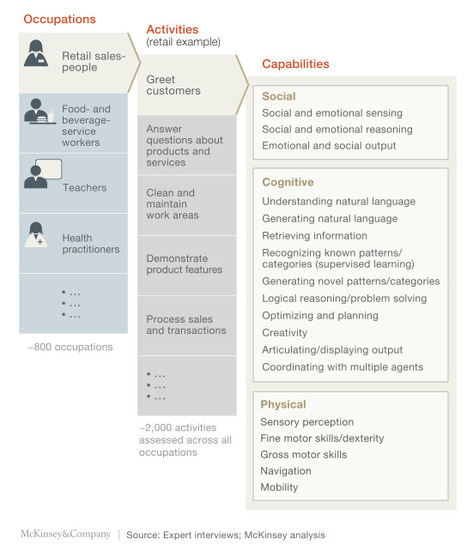The potential of artificial intelligence and advanced robotics to perform tasks once reserved for humans is no longer reserved for spectacular demonstrations by the likes of IBM’s Watson, Rethink Robotics’ Baxter, DeepMind, or Google’s driverless car. Just head to an airport: automated check-in kiosks now dominate many airlines’ ticketing areas. Pilots actively steer aircraft for just three to seven minutes of many flights, with autopilot guiding the rest of the journey. Passport-control processes at some airports can place more emphasis on scanning document bar codes than on observing incoming passengers.
What will be the impact of automation efforts like these, multiplied many times across different sectors of the economy?1 Can we look forward to vast improvements in productivity, freedom from boring work, and improved quality of life? Should we fear threats to jobs, disruptions to organizations, and strains on the social fabric?2
Via The Learning Factor



 Your new post is loading...
Your new post is loading...








As the automation of physical and knowledge work advances, many jobs will be redefined rather than eliminated—at least in the short term. A McKinsey Quarterly article.